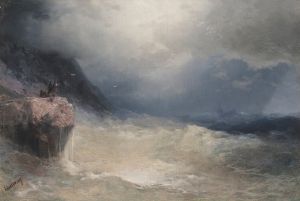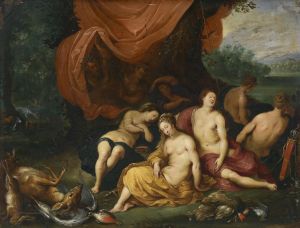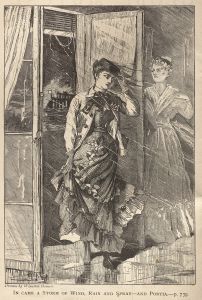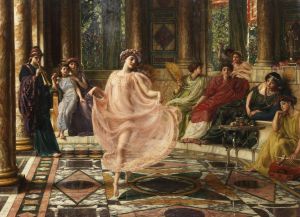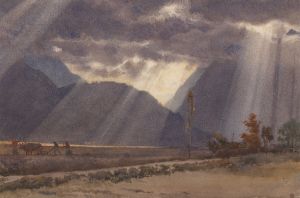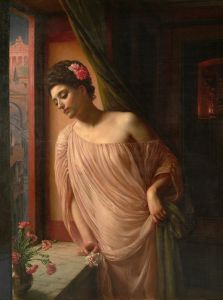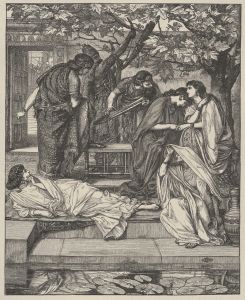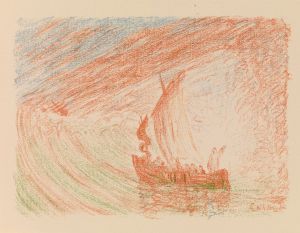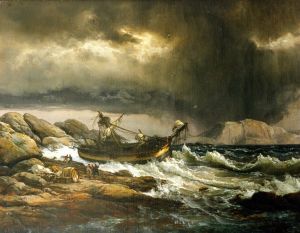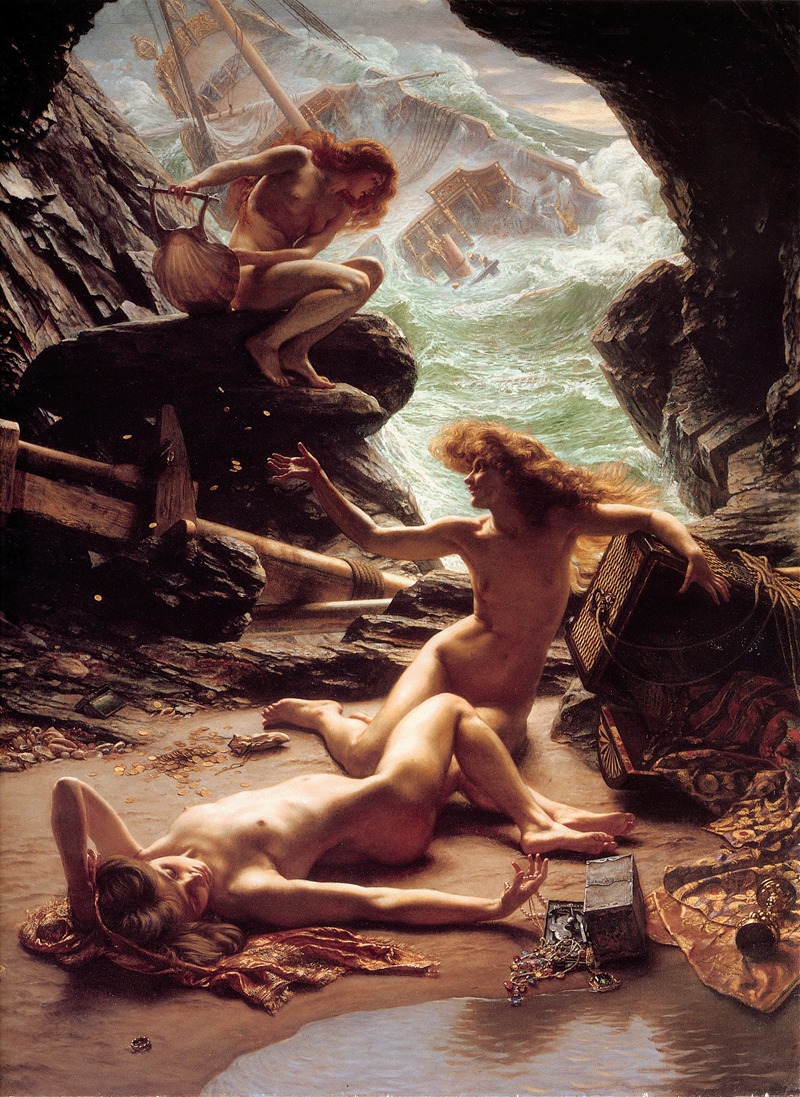
Cave of The Storm Nymphs
A hand-painted replica of Edward John Poynter’s masterpiece Cave of The Storm Nymphs, meticulously crafted by professional artists to capture the true essence of the original. Each piece is created with museum-quality canvas and rare mineral pigments, carefully painted by experienced artists with delicate brushstrokes and rich, layered colors to perfectly recreate the texture of the original artwork. Unlike machine-printed reproductions, this hand-painted version brings the painting to life, infused with the artist’s emotions and skill in every stroke. Whether for personal collection or home decoration, it instantly elevates the artistic atmosphere of any space.
Edward John Poynter's "Cave of the Storm Nymphs" is a notable painting created in 1903 by the British artist, who was a prominent figure in the Victorian art scene. Poynter was known for his classical themes and meticulous attention to detail, which are evident in this particular work. The painting is an exemplary representation of the mythological and allegorical subjects that were popular during the late 19th and early 20th centuries.
"Cave of the Storm Nymphs" depicts a scene inspired by classical mythology, featuring nymphs, who in Greek mythology are minor deities associated with nature, particularly water bodies like rivers, springs, and the sea. In this painting, the nymphs are portrayed in a cave setting, which is suggested by the title to be a place where they might gather during a storm. The artwork captures the ethereal beauty and mystique of these mythological figures, showcasing Poynter's skill in rendering the human form and his ability to convey a sense of movement and drama.
The composition of the painting is carefully structured, with the nymphs arranged in a way that leads the viewer's eye through the scene. Poynter's use of light and shadow adds depth and dimension to the work, highlighting the nymphs' flowing garments and the textures of the cave. The artist's attention to detail is evident in the intricate depiction of the nymphs' hair and the natural elements surrounding them. This attention to detail is characteristic of Poynter's style and reflects his academic training and dedication to the principles of classical art.
Poynter's choice of subject matter and his execution of the painting reflect the broader trends in Victorian art, which often drew on classical and historical themes. During this period, there was a fascination with the ancient world and its myths, which artists like Poynter sought to bring to life through their work. "Cave of the Storm Nymphs" fits within this context, offering viewers a glimpse into a mythical world that is both enchanting and mysterious.
The painting is also a testament to Poynter's status as a leading figure in the art world of his time. He held several prestigious positions, including serving as the President of the Royal Academy of Arts from 1896 to 1918. His contributions to the arts were recognized with a knighthood, and his works were widely exhibited and admired.
Today, "Cave of the Storm Nymphs" is held in the collection of the Harris Museum & Art Gallery in Preston, England. It continues to be appreciated for its artistic merit and its representation of the themes and styles that characterized Poynter's oeuvre. The painting remains an important example of Victorian art and serves as a reminder of the enduring appeal of classical mythology in the visual arts.
In summary, Edward John Poynter's "Cave of the Storm Nymphs" is a significant work that exemplifies the artist's skill and the artistic trends of his time. Through its depiction of mythological figures and its masterful composition, the painting captures the imagination and continues to be celebrated as a key piece of Poynter's legacy.





